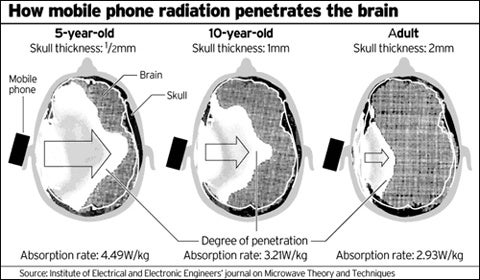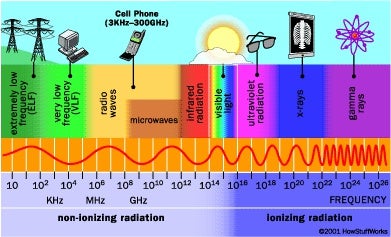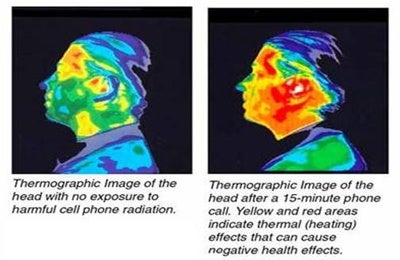Cell phones and cancer: searching for the missing link

It's no news that cell phones areliterally in every pocket – their number grows byhundreds of millions every year. But with that comes an alarming, but yet unproven theory: what if there is a link between cell phone use and braincancer? A recent article by the New York Times takes a deep look atthe issue from the very first tort suit against a phone maker in theearly nineties to the latest studies. The crux of the matter? In all likelihood you shouldn't be concerned, but taking precautions wouldn't hurt. Read on to find out why.
The issue gained wider publicity after a Larry Kingshow back in 1993, brought up by David Reynard from Floridaafter the death of his wife. “The tumor was exactly in the patternof the antenna,” Reynard said. A type of brain cancer that appearsin some 6,000 adults was the reason for his wife's demise and Reynardwas convinced that cell phone radiation was to blame. A civil lawsuit followed against NEC, but the Florida Circuit Court hearing thecase admitted that evidence was uncertain, while the scientifichypotheses – speculative, and eventually Reynard's claim wasrejected.

A large-scale population survey seemsto be the best way to determine it. One of the first studies covered12-year period from 1990 to 2002 only to establish thatage-adjusted incidence of brain cancer hasn't increased. Quite theopposite, actually, it fell to 6.5 cases per 100,000 men and womenin 2002 from 7 cases in 1990, even onthe background of a dramatic increase of cell phone use.
A gigantic study dubbed Interphonetook on the task in 13 countries for ten years including 5,117brain-tumor cases and 5,634 people with no brain cancer. It wasbacked and financed mostly by the European Union along with cellphone firms, and coordinated by the WHO. The much anticipated resultsshowed no clear evidence, even worse – some of them werecontradictory, mostly due to thefact that the respondents were asked to fill in their previous daily cellphone as per their memory.


source: NYTimes, Wikipedia and Electroschematics












Things that are NOT allowed:
To help keep our community safe and free from spam, we apply temporary limits to newly created accounts: